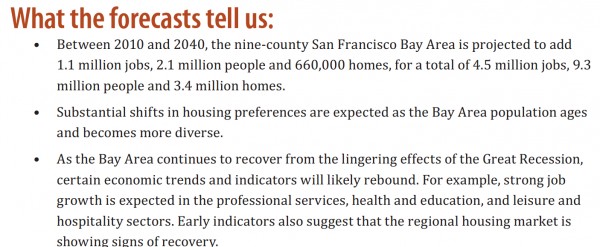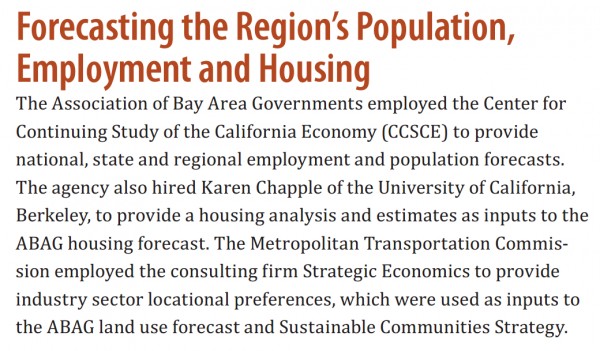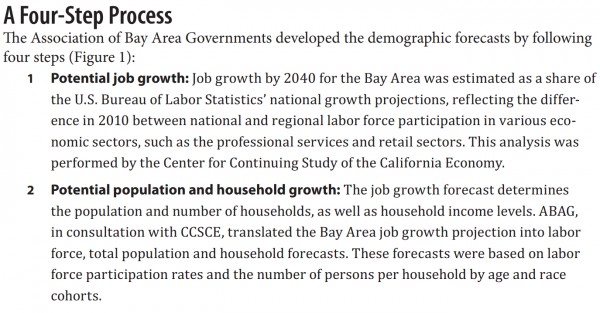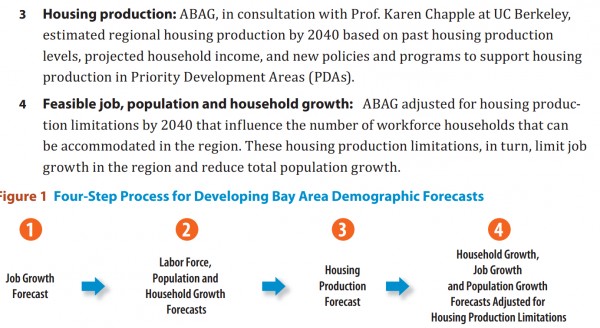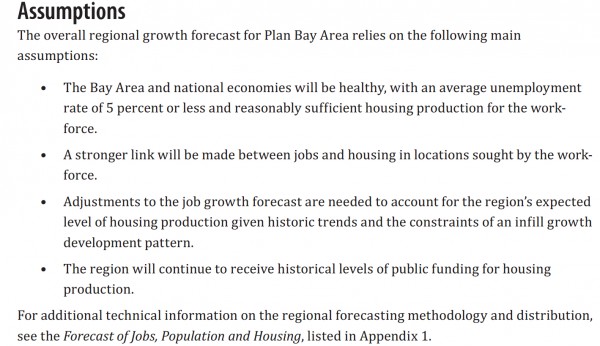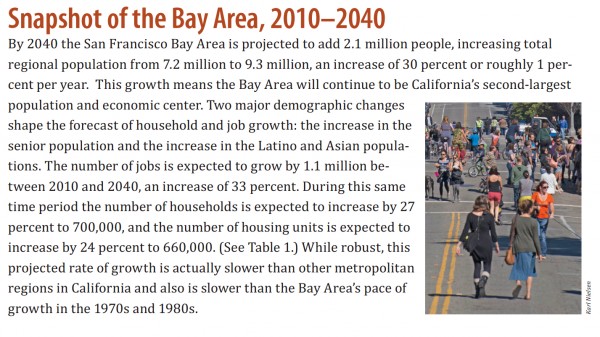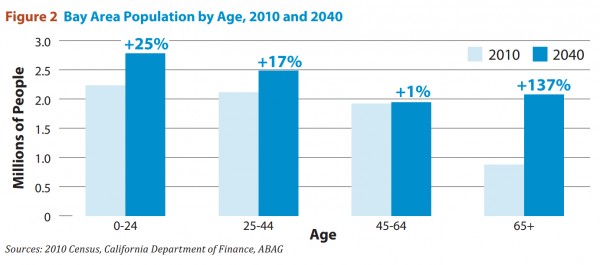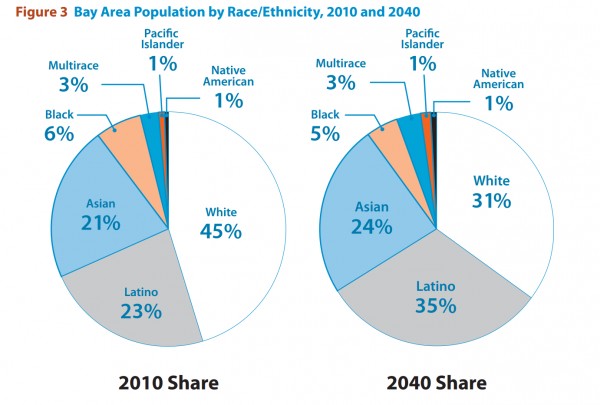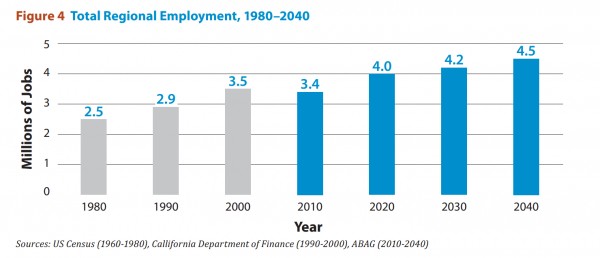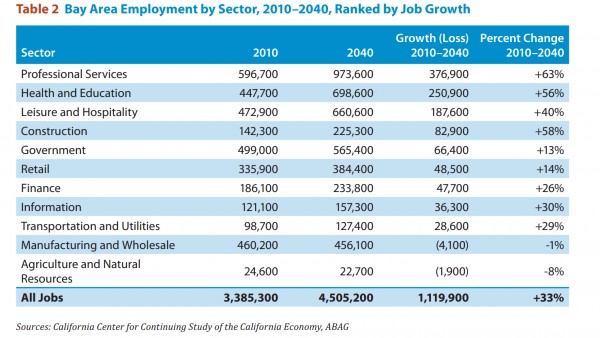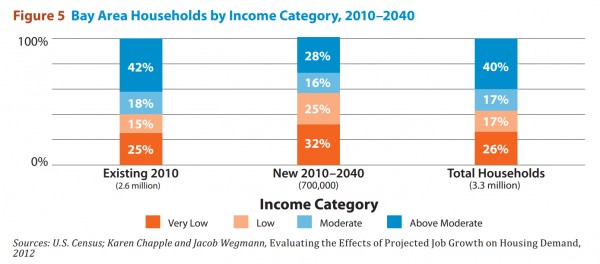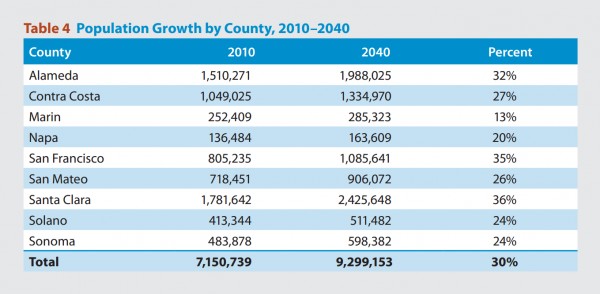
Plan Bay Area -02
Projecting a healthy regional economy, the Plan anticipates that the Bay Area’s population will grow from about 7 million today to some 9 million by 2040. “Maintaining our region’s high quality of life,” continued Worth, “will depend on making wise decisions about transportation, housing and land use.”
Plan Bay Area provides a strategy for meeting 80 percent of the region’s future housing needs in Priority Development Areas (PDAs). These are neighborhoods within walking distance of frequent transit service, offering a wide variety of housing options, and featuring amenities such as grocery stores, community centers, and restaurants. Identified by cities and towns across the region, the PDAs range from regional centers like downtown San Jose to suburban centers like Walnut Creek’s West Downtown area, and smaller town centers such as the Suisun City Waterfront. The Plan funds mixed-income housing production and locally-led planning in PDAs.
Plan Bay Area’s transportation element specifies how some $292 billion in anticipated federal, state and local funds will be spent through 2040. Nearly 87 percent (or $253 billion) will be used to maintain and operate the transportation network we already have. Another way of looking at the distribution of the revenues — which include fuel taxes, public transit fares, bridge tolls, property taxes and dedicated sales taxes — is by mode of transportation. Maintenance and operation of the Bay Area’s existing public transit services will receive about 54 percent ($159 billion) of the revenues. The remainder includes 32 percent for street, road, highway and bridge maintenance; 7 percent for transit expansion; and 5 percent for roadway and bridge expansion. A $3.1 billion reserve comprised of anticipated future funding through the California Air Resources Board’s Cap-and-Trade program for greenhouse gas emissions accounts for another 1 percent of expected revenues.


